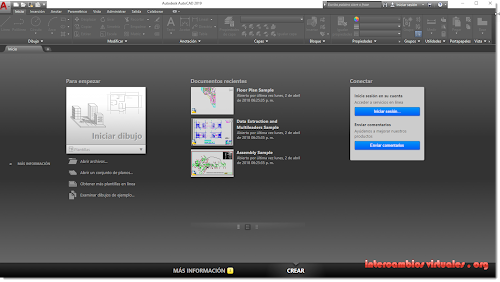
They worked well when we used to use them, though nVidia is probably a bit more industry standard. AMD FirePro cards are certified and recommended as well and can be more affordable. Here is a list of certified graphics hardware for Autodesk Inventor Professional 2017.

The prices are down to about $500.įinally, Inventor does work well with gaming-oriented cards, but the drivers are not tested/certified, and I have no first-hand knowledge of it. You may even consider a 34" 3440x1440 Ultrawide. The HP Z27 series monitors are also nice. I run a Dell U2715H that I’m happy with except for the issue where it doesn’t wake on a mouse jiggle with Windows 7. Working at 2560x1440 on a 27 inch is nice. My advice, save a little on the graphics card, and use whatever you save to go for a nicer monitor. But hey, I don’t know, maybe you have a need to do CAD on four 4k monitors at the same time…

Most people who do this for a living are not even running that high spec of a card. The Quadro K1200 and M2000 are also out now, with the M2000 being about the best card within your budget, by my guess is that’s pretty overkill for whatever you’re going to be doing. I run a Quadro K2200 across three displays at 1920x1080 and again, buttery smooth, and a bit more smooth in HSM CAM simulations than the Quadro K620. You may want to go to a slightly higher spec if you plan on running 4K. Only slight hiccups in HSM CAM simulation of advanced paths, but buttery smooth in the CAD environment.

We run Quadro K620s with a single monitor at 2560x1440 and we’re pretty happy with the performance there. Once you get into moderately complex assemblies, or if you plan to do any CAM simulation in Inventor HSM, then a graphics card is a good idea. I would argue for simple parts and small to medium assemblies in Inventor, you don’t need any graphics card at all. It really depends on how far you’re going to go with it, the type of work you plan to do, and how many pixels you plan to drive.


 0 kommentar(er)
0 kommentar(er)
